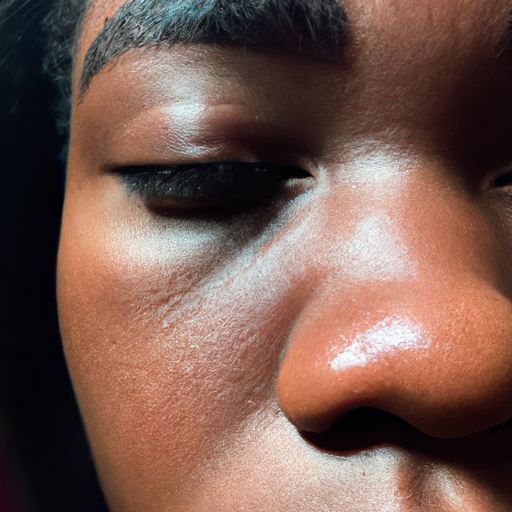As a medical professional, I often encounter patients seeking advice on how to improve their skin’s appearance and health. One of the most effective treatments that I recommend is the Glycolic Acid Peel. This treatment, often considered a ‘magic potion’ for skin rejuvenation, can be your gateway to radiant skin.
Glycolic Acid, a type of Alpha Hydroxy Acid (AHA), is derived from sugar cane and has the smallest molecular size among all AHAs. This small size allows it to penetrate the skin deeply and easily, making it highly effective in treating a variety of skin concerns.
One of the primary benefits of Glycolic Acid Peels is its ability to exfoliate the skin. It works by breaking down the substance that holds dead cells together on the skin’s surface, allowing them to shed naturally. This process reveals a new layer of skin that is smoother, brighter, and more youthful-looking. Regular use of Glycolic Acid Peels can significantly reduce the appearance of fine lines, wrinkles, and age spots.
Moreover, Glycolic Acid Peels are effective in treating acne and reducing the appearance of acne scars. They work by unclogging pores and reducing inflammation, thereby preventing breakouts. The peels also stimulate collagen production, which can help fill in acne scars over time.
Hyperpigmentation, including melasma and sun spots, can also be addressed with Glycolic Acid Peels. They work by accelerating the skin’s natural exfoliation process and encouraging the production of new, healthier skin cells. This leads to a more even skin tone and a reduction in dark spots.
While the benefits of Glycolic Acid Peels are numerous, it’s important to understand that they are potent treatments that should be used with caution. Overuse or improper use can lead to skin irritation, dryness, and sensitivity. Therefore, it’s highly recommended to consult with a dermatologist or a skincare professional before starting a Glycolic Acid Peel regimen.
The strength of the peel, frequency of use, and aftercare are all factors that need to be tailored to each individual’s skin type and concerns. For instance, those with sensitive skin may require a lower-strength peel and may need to start with less frequent treatments. Aftercare is also crucial, as the skin can be more sensitive to the sun after a peel. Therefore, daily use of a broad-spectrum sunscreen is a must.
In conclusion, Glycolic Acid Peels can be a powerful tool in your skincare arsenal. They can help reveal a brighter, smoother, and more youthful complexion by exfoliating the skin, treating acne, reducing hyperpigmentation, and stimulating collagen production. However, they should be used responsibly and under the guidance of a skincare professional to avoid potential side effects.
Unveiling the magic of Glycolic Acid Peels can indeed be your gateway to radiant skin. However, remember that achieving healthy skin is not just about one miracle treatment. It’s about a consistent skincare routine, a balanced diet, regular exercise, and adequate sleep. As a doctor, I believe that true beauty comes from within, and radiant skin is just a reflection of a healthy body and mind.




